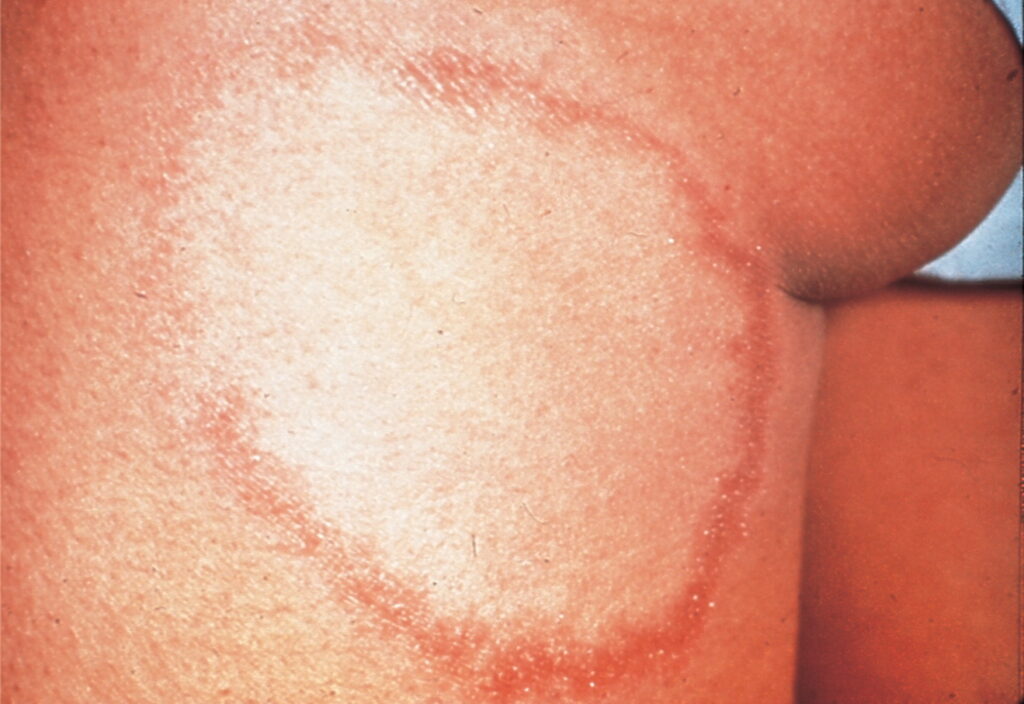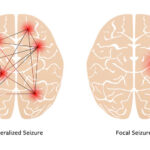Single lesion paucibacillary (SLPB) leprosy is a distinct clinical presentation of Hansen’s disease characterized by a solitary skin lesion with no detectable bacilli on slit-skin smear microscopy. As a subset of paucibacillary leprosy, it falls under the World Health Organization’s (WHO) classification used for simplified treatment and control. This form is most often associated with early-stage disease and excellent prognosis when treated appropriately.

Clinical Characteristics of Single Lesion PB Leprosy
Key Features:
- Number of lesions: One
- Nerve involvement: May be absent or involve a single nerve trunk
- Skin smear results: Negative for acid-fast bacilli
- Common lesion sites: Face, upper limbs, trunk
The lesion typically presents as a hypopigmented or erythematous macule or plaque with well-defined borders. Sensory loss is usually minimal or absent. It may resemble other dermatoses such as tinea versicolor or psoriasis, making accurate clinical diagnosis essential.
Pathogenesis and Immune Response
SLPB leprosy reflects a strong host immune response, particularly a robust cell-mediated immunity that limits the proliferation of Mycobacterium leprae. The paucibacillary nature means the bacterial load is low, and the likelihood of transmission is minimal compared to multibacillary (MB) forms.
Diagnostic Criteria and Differentiation
Diagnostic Criteria:
- One well-demarcated skin lesion
- Absence of bacilli in slit-skin smear
- No or minimal nerve involvement
- Absence of other systemic signs
Differential Diagnoses:
- Tinea versicolor
- Pityriasis alba
- Psoriasis
- Lupus vulgaris
- Cutaneous sarcoidosis
Diagnosis is primarily clinical but may be supported by skin biopsy showing granulomatous inflammation consistent with tuberculoid leprosy and no bacilli on Fite-Faraco staining.
WHO Classification and Treatment Guidelines
The WHO recognizes SLPB leprosy as a special subcategory of paucibacillary disease. In 1998, WHO introduced a Single-Dose Therapy (ROM regimen) to effectively treat this form.
ROM Therapy Regimen:
- Rifampicin 600 mg
- Ofloxacin 400 mg
- Minocycline 100 mg
Administered as a single supervised dose, this treatment is recommended for eligible patients, especially in high-prevalence or resource-limited settings. It simplifies logistics, reduces default rates, and improves compliance.
Eligibility for ROM Therapy
To qualify for single-dose ROM treatment, the following criteria must be strictly met:
- Only one skin lesion
- Negative slit-skin smear
- No nerve thickening
- Age ≥ 10 years
- No pregnancy
- No allergy to any component drug
Patients not meeting these criteria should receive standard PB-MDT: Rifampicin and Dapsone for 6 months.
Effectiveness and Outcomes
Numerous field trials and operational research studies have validated the efficacy of the ROM regimen, showing high cure rates (>95%) and minimal relapse. In most cases, clinical improvement is visible within 6–12 months post-therapy.
Prognostic Indicators:
- Early detection and treatment
- No nerve involvement
- Good compliance with the ROM regimen
Public Health Importance and Surveillance
Single lesion PB leprosy represents a unique opportunity in global leprosy elimination efforts. Its management plays a pivotal role in:
- Reducing community stigma
- Preventing disability
- Interrupting transmission
Health systems must integrate SLPB surveillance into broader dermatological outreach and community health programs, especially in endemic regions.
Challenges in Diagnosis and Management
1. Clinical Mimics
Misdiagnosis as non-leprotic dermatoses leads to underreporting and delayed treatment.
2. Access to Trained Personnel
Correct identification requires skilled dermatologists or trained health workers, which may be scarce in rural settings.
3. Drug Supply and Adherence
While ROM is a single dose, ensuring availability and safe administration remains a logistical task for public health teams.
Strategies for Enhanced Case Detection
- Active case finding in endemic regions
- Training of primary care workers in lesion recognition
- Integration with school health programs for early identification
- Use of mobile clinics and community outreach services
Skin Biopsy and Histopathology Insights
Although not routinely required, a skin biopsy may be utilized in cases of diagnostic uncertainty. Histological hallmarks include:
- Epithelioid granulomas
- Lymphocytic infiltrate
- Absence of acid-fast bacilli (AFB)
These features support a diagnosis of tuberculoid or borderline tuberculoid leprosy under the Ridley-Jopling classification.
Single lesion paucibacillary leprosy is a well-defined clinical entity within the leprosy spectrum, representing both a diagnostic challenge and a treatment opportunity. With precise identification and a highly effective single-dose treatment option, we can mitigate disease burden, prevent disability, and sustain global leprosy control efforts. Public health initiatives must prioritize awareness, early diagnosis, and universal access to the ROM regimen to further reduce incidence.

